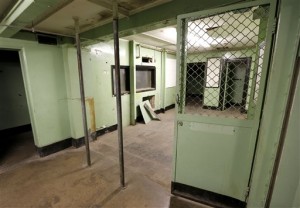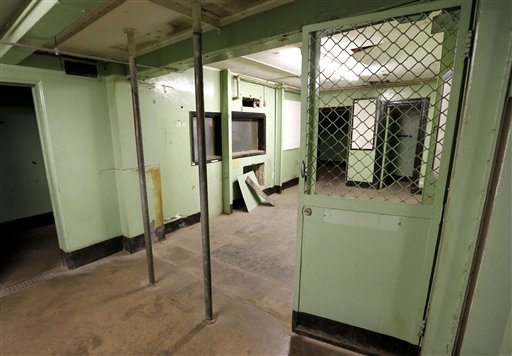
By Jacques Billeaud
Associated Press
PHOENIX — An arrest in Arizona 50 years ago that led to a landmark U.S. Supreme Court decision is the subject of an exhibit that includes the handwritten confession famously thrown out by the nation’s highest court.
The warning from police that suspects have the right to remain silent sprang, in part, from the arrest of Ernesto Miranda in Phoenix on March 13, 1963.
Miranda was convicted of kidnapping and raping an 18-year-old woman in Phoenix. But the Supreme Court concluded his rights against self-incrimination and to have an attorney present in the interrogation room weren’t protected.
Wednesday’s exhibit at the Phoenix Police Museum — located in the downtown building where the confession was made — also includes a lineup photo of the man whose case changed the way suspects are treated by police.
Phoenix police Chief Daniel Garcia said the department has learned from its history.
“It changed law enforcement,” he said. “The scales of justice prior to this may have been tipped in law enforcement’s favor, but certainly weren’t tipped in the fairness of justice and protecting the rights of the suspect.”
Miranda at first denied involvement in the crime but eventually gave a handwritten confession after about two hours of questioning. A typewritten paragraph atop the confession said his statements were voluntary and made with an understanding that anything arrested people say to police can be used against them.
The Supreme Court said the typewritten portion didn’t constitute a waiver of Miranda’s rights.
After the decision, Miranda remained in jail on another conviction and was convicted again of raping and kidnapping the 18-year-old. Prosecutors at the second trial didn’t use the confession and instead relied on testimony from a woman who was close to Miranda.
Miranda was eventually paroled and was fatally stabbed in a dispute during a card game in February 1976 at a downtown Phoenix bar.
The landmark Supreme Court decision bears Miranda’s name, but the decision came from the Arizona case and three other similar cases that were bundled together.
The Supreme Court ruled that prosecutors can’t use a person’s statements to police unless they can show that there were procedural safeguards to protect a person’s right against self-incrimination. The court ruled arrested people must be warned before any police questioning that they have a right to remain silent, that anything they say can be used against them in court and that they have the right to have an attorney in the interrogation room.
Retired police Capt. Carroll Cooley, who arrested Miranda in the case that went to the Supreme Court, said he regrets the way he answered a key question in that case, an answer that he believes probably led to Miranda’s conviction being overturned.
The question, asked by Miranda’s attorney, was whether Miranda was considered under arrest at the time he was taken in for questioning.
Cooley said he didn’t think deeply about the question and answered yes, but wishes today he had answered no, because officers didn’t have probable cause to arrest Miranda before he made the confession. “In hindsight, if I would have answered ‘no,’ I might not be here talking about that today,” Cooley said.



